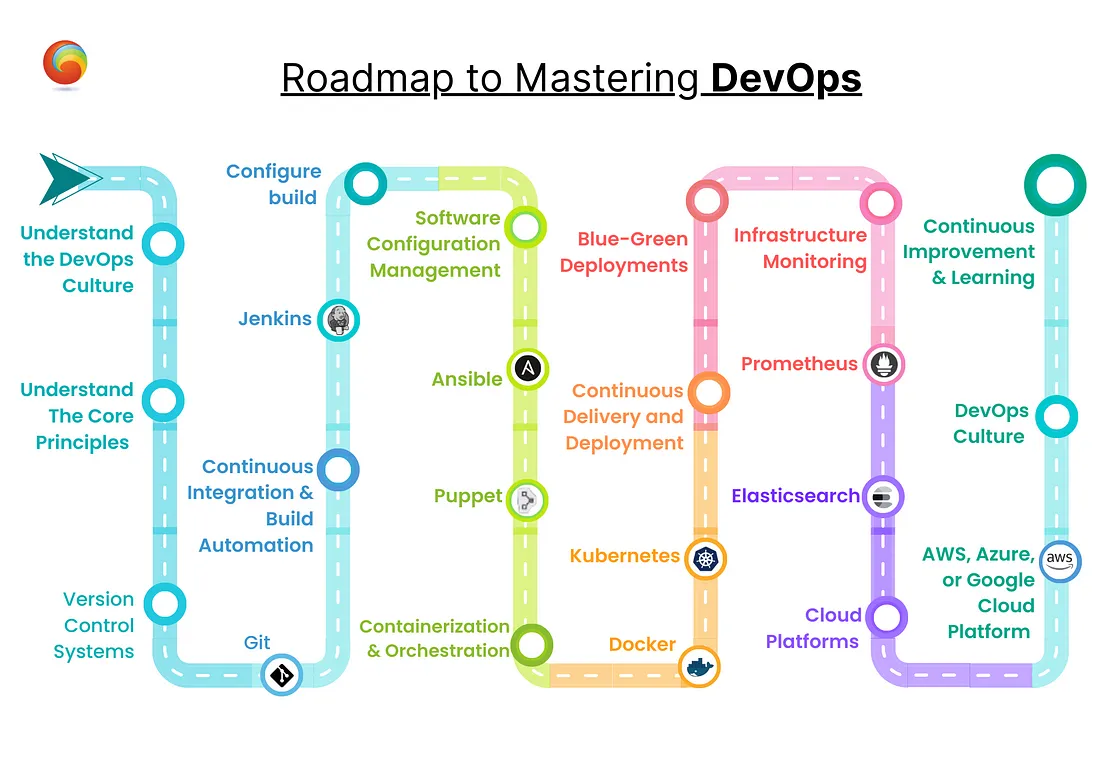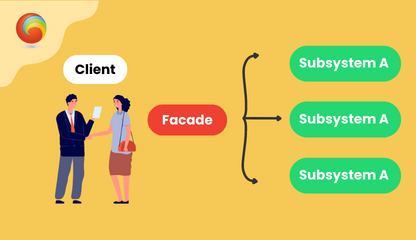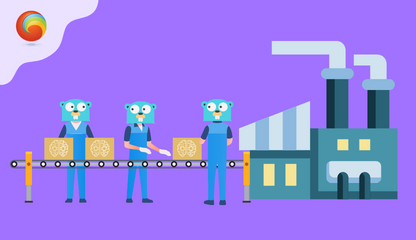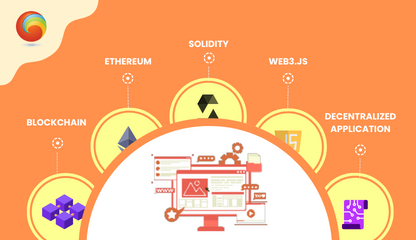DevOps Roadmap: Navigating the Path to Efficient Software Delivery
DevOps has revolutionized software development by merging development and operations into a seamless workflow, enabling faster releases, improved collaboration, and increased efficiency.
As businesses strive to optimize their software delivery processes, mastering DevOps becomes essential for developers and operations professionals.
In this blog post, we present a comprehensive DevOps Roadmap to guide you on your journey to becoming a DevOps expert.

Understanding the DevOps Culture:
Start by understanding the core principles and cultural aspects of DevOps. Embrace a collaborative mindset, fostering communication and teamwork between development, operations, and other stakeholders.
Familiarize yourself with concepts like continuous integration (CI), continuous delivery (CD), and the importance of automation in streamlining the software development lifecycle.
Version Control Systems:
Master version control systems like Git, which are fundamental to DevOps practices and form a crucial part of the DevOps roadmap. Learn how to create repositories, manage branches, and collaborate effectively with other team members using Git. Understand concepts such as branching strategies, pull requests, and code reviews to maintain a clean and efficient codebase.
Continuous Integration and Build Automation:
Explore continuous integration tools such as Jenkins, CircleCI, or Travis CI. Learn how to automate the build and testing processes by integrating version control systems with these tools. Configure build pipelines that run automated tests, perform code quality checks, and generate build artifacts.
Software Configuration Management:
Gain proficiency in configuration management tools such as Ansible, Chef, or Puppet, which are essential components of the DevOps roadmap. Understand how to automate the provisioning and configuration of infrastructure resources and applications. Learn about infrastructure-as-code (IaC) concepts, where infrastructure is defined and managed using code, enabling reproducibility and scalability.
Containerization and Orchestration:
Delve into containerization technologies like Docker and container orchestration platforms like Kubernetes. Learn how to package applications into containers, manage containerized deployments, and scale applications seamlessly. Understand concepts like container networking, service discovery, and workload scaling to ensure efficient application deployment and management.
Continuous Delivery and Deployment:
Explore continuous delivery and deployment practices, an integral part of the DevOps roadmap, to automate the release process. Learn how to build pipelines that automatically deploy applications to different environments, such as development, staging, and production. Understand techniques like blue-green deployments, canary releases, and feature toggles to achieve continuous delivery with minimal disruption.
Infrastructure Monitoring and Observability:
Familiarize yourself with monitoring and observability tools such as Prometheus, Grafana, or ELK (Elasticsearch, Logstash, and Kibana). Learn how to collect, analyze, and visualize metrics, logs, and traces to gain insights into application performance and infrastructure health. Implement alerting and monitoring systems to detect and respond to issues proactively.
Cloud Platforms and DevOps:
Explore cloud platforms like AWS, Azure, or Google Cloud Platform as part of your DevOps roadmap to leverage cloud services for DevOps. Learn how to provision and manage infrastructure resources, deploy applications, and automate processes using cloud-native tools. Gain an understanding of cloud security practices and compliance requirements.
DevOps Culture and Continuous Learning:
Embrace the DevOps culture of continuous improvement and learning. Stay updated with emerging DevOps practices, tools, and industry trends. Participate in conferences, webinars, and meetups to network with other DevOps professionals and share knowledge. Actively contribute to open-source projects and engage with online DevOps communities.
Conclusion:
Mastering the DevOps Roadmap is a continuous journey of learning and adapting to the ever-evolving software development landscape. By following this comprehensive roadmap, you’ll acquire the essential skills and knowledge needed to excel in DevOps practices.
Embrace the evolving Web3 landscape, stay updated with emerging technologies, and actively participate in the Web3 community.
Embark on your DevOps journey today and witness its transformational impact on your software development lifecycle.
Frequently Asked Questions
-
What are the core principles of DevOps?
- DevOps revolves around principles like collaboration, automation, and communication. Understanding the culture means that teams across development, operations, and other areas work together efficiently. This collaboration ensures that everyone shares a common goal of delivering high-quality software faster.
-
How does version control, specifically Git, play a fundamental role in DevOps practices?
-
Version control, especially Git, is like a magic wand in DevOps. It allows developers to track changes in their code, work together seamlessly, and ensure that the software is always in a good state. Key things to understand include:
- Branches (different paths in the code's journey)
- Pull requests (where changes are reviewed)
- Code reviews (checking for mistakes and improvements)
-
-
Explain the significance of continuous integration (CI) and build automation in the DevOps roadmap.
- Continuous integration is like having a robot that builds and tests your software every time you make a change. It ensures that your code is always working well. Tools like Jenkins, CircleCI, and Travis CI help set up this robot. They automatically build, test, and check your code, making sure it's reliable and ready to go.
-
Explain the concept of continuous delivery and deployment in DevOps
- Continuous delivery is like a conveyor belt for your software. It takes your code changes and safely delivers them to where they need to go. Continuous deployment automatically puts these changes into action. This conveyor belt approach ensures that new features or fixes can be released quickly and without causing problems for users. Techniques like blue-green deployments and canary releases help to make these changes smoothly without causing disruptions.



